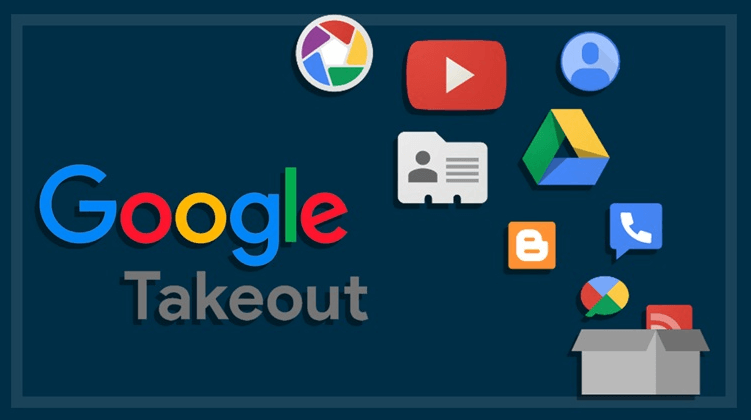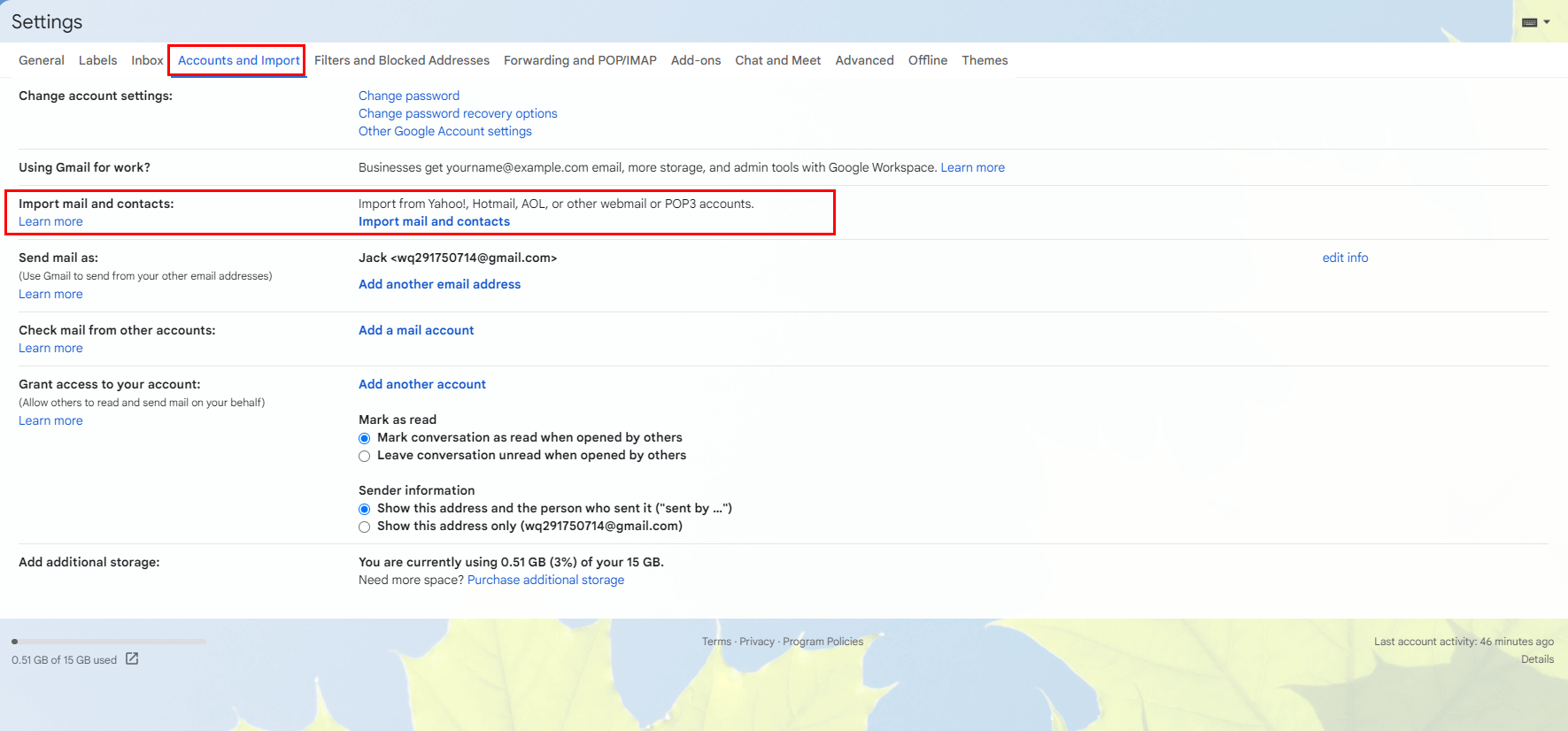Understanding Gmail Account Types
Gmail offers various account types tailored to different needs. The most common types are:
- Personal accounts: These are free accounts created for individual use. They typically come with limited storage and features.
- Business accounts: Also known as G Suite accounts, these are designed for businesses and organizations. They offer additional features like shared calendars, custom email domains, and increased storage.
The Importance of Switching Account Types
There might be several reasons why you'd want to switch your Gmail account from business to personal:
- Cost reduction: If your business is no longer using G Suite, switching to a personal account can save you money.
- Simplified usage: Personal accounts are often simpler to manage and use compared to business accounts.
- Privacy concerns: If you're concerned about your privacy, a personal account might be more suitable.
Can I Change My Gmail Account From Business to Personal?
Yes, you can change your Gmail account type from business to personal. However, it's important to note that this process involves some considerations and potential limitations.
- ★FAQ: Can You Convert Gmail Business Account to Personal Account:
- While you can't directly convert a business account to a personal account, you can effectively achieve a similar outcome by following the steps outlined below. By canceling your G Suite subscription and creating a new personal account, you can essentially transition your Gmail usage to a personal context.
How to Switch Gmail Account Type From Business to Personal
Switching your Gmail account type from business to personal involves a few steps:
Step 1. Backup Your Data
Before making any changes, it's crucial to back up all your important emails, contacts, and files. You can use Google Takeout to export your data.
Step 2. Cancel Your G Suite Subscription
If you have a G Suite subscription, you'll need to cancel it. This might involve contacting your G Suite administrator or following the cancellation process outlined by Google.
Step 3. Create A New Personal Account
Once you've canceled your G Suite subscription, you can create a new personal Gmail account.
Step 4. Migrate Your Data from Business to Personal
You can manually transfer your emails, contacts, and files from your old business account to the new personal account. However, this can be time-consuming. You can use Google Takeout to migrate your data. Here are detailed steps to guide you:
1. Export Your Data from the Business Account:
- Use Google Takeout: This tool allows you to export your data, including emails, contacts, calendar events, and files, into various formats like ZIP, CSV, or PDF.
- Select the Data You Want to Export: Choose the specific data types you want to migrate.
- Choose the Export Format: Select the format that best suits your needs.
- Start the Export: Google will begin exporting your data. The process may take some time depending on the amount of data.
2. Import Data into the Personal Account:
- Import Emails:
- Gmail Import: If you're using a different email provider, you can use Gmail's import feature to transfer your emails. Go to Settings > Accounts and Import > Import mail from another account.
- Manual Import: If the import feature doesn't work, you can manually import your exported emails by creating a new label and dragging and dropping the emails into it.
- Import Contacts:
- Google Contacts: If you exported your contacts as a CSV file, you can import them into your personal Gmail contacts using the "Import" option.
- Import Calendar Events:
- Google Calendar: If you exported your calendar events as a CSV file, you can import them into your personal Google Calendar using the "Import" option.
3. Transfer Files:
- Google Drive: If you have files stored in your business Google Drive, you can manually copy and paste them into your personal Google Drive. Alternatively, you can use the Google Takeout tool to export your files and then re-upload them to your personal Drive.
Besides, to make the files migration from Google Workspace to Google Drive, you can directly turn to some third-party cloud to cloud migration service, like MultCloud. It is famous as a professional and reliable multiple cloud manager, allowing users to manage all their cloud drive in one platform, including transferring, syncing and backing up data across clouds online, without going through the local device.
More importantly, now it is also able to migrate emails from Gmail and Outlook to cloud drives as a backup in bulk. Besides, you can set a schedule to make it automatically execute the email migration task at a fixed frequency, saving yourself the hassle of performing manual backups.

- Cloud Transfer: Move one cloud data to another without download and re-upload.
- Cloud Sync: Sync data across clouds seamlessly in real time.
- Cloud Backup: Dynamically backup and restore files between clouds.
- Share: Private and password protect share cloud data to others.
- Email Migration: Convert emails to PDF and save to local or even cloud.
- Automatic: Set up a schedule to make task automatically run as preferred.
- Offline: Transfer, sync or backup cloud data online without going through local.
- Efficient: Access and manage all your clouds with a single login.
Step 5. Verify and Review
- Check for Completeness: Ensure that all your important data has been successfully migrated.
- Review for Errors: Verify that there are no errors or inconsistencies in the transferred data.
Additional Tips:
- Prioritize Data: If you have a large amount of data, prioritize transferring the most important files and emails first.
- Test Functionality: After the migration, test your new personal Gmail account to ensure that everything is working as expected.
- Use a Cloud Storage Service: Consider using a cloud storage service like Google Drive or Dropbox to temporarily store your exported data during the migration process. Directly migrate emails or Google Drive data to cloud storage, just use MultCloud.
MultCloud Supports Clouds
-
Google Drive
-
Google Workspace
-
OneDrive
-
OneDrive for Business
-
SharePoint
-
Dropbox
-
Dropbox Business
-
MEGA
-
Google Photos
-
iCloud Photos
-
FTP
-
box
-
box for Business
-
pCloud
-
Baidu
-
Flickr
-
HiDrive
-
Yandex
-
NAS
-
WebDAV
-
MediaFire
-
iCloud Drive
-
WEB.DE
-
Evernote
-
Amazon S3
-
Wasabi
-
ownCloud
-
MySQL
-
Egnyte
-
Putio
-
ADrive
-
SugarSync
-
Backblaze
-
CloudMe
-
MyDrive
-
Cubby

